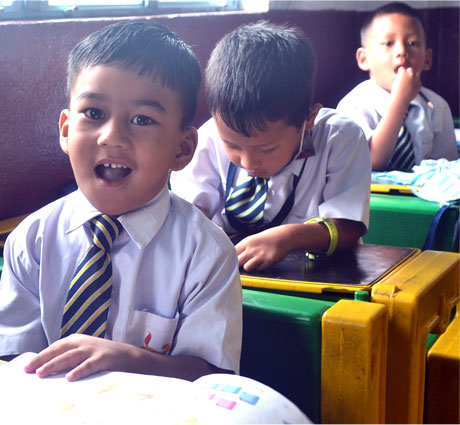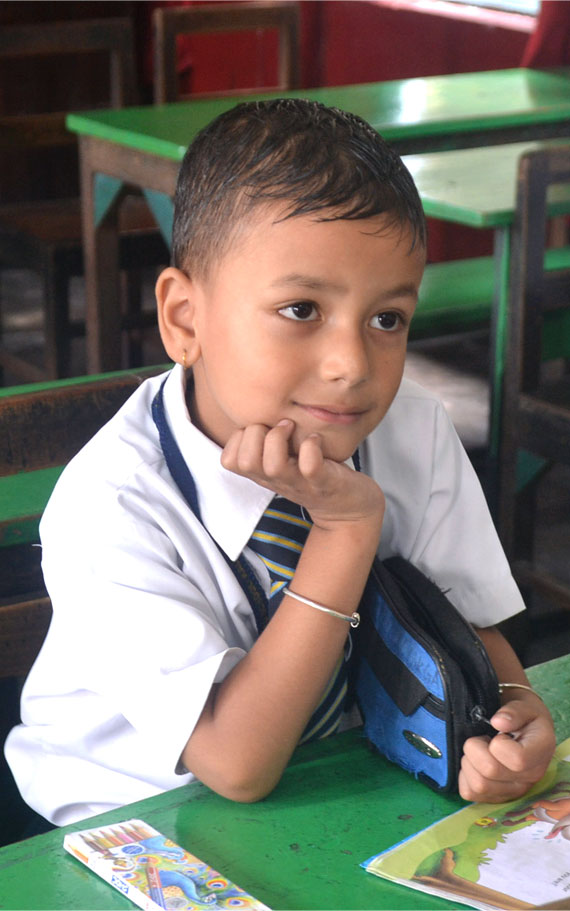
St. Augustine's School is a minority Christian School established and administered by the Roman Catholic Diocese of Darjeeling. The school is under the religious jurisdiction of the Roman Catholic Bishop of Darjeeling who is also the President of the Governing Body.
The school was established in the year 1945 A.D. and is situated in the town of Kalimpong of Kalimpong District imparting quality education with the state-of-the-art infrastructure and facilities. With time St. Augustine’s School has become the finest learning centre for children for the pursuit of excellence not only in academics but in all walks of life.
The curriculum at St Augustine’s School is guided by the principles of child cantered experiential learning and holistic education. We focus on the wards, their learning experiences and by constant progress, discovery and self-exploration.
We believe that there is much more to education than merely teaching a syllabus and preparing children for examinations. It is in fact not only the preparation for the life but it is the life itself.
True education begins with knowing and understanding the child and letting him train the head, heart and hand by the virtue of experiencing the multidimensional perspective of a holistic and child cantered curriculum, which is not only dynamic but also ever evolving.
To design a curriculum that is relevant and appropriate to the needs of today’s children, the content, teaching methods, and co-curricular activities have been streamlined and reorganized around the following aims –
Designing a transformational Curriculum that has the potential to rejuvenate subjects, to enhance interdisciplinary learning, and to create meaningful and sustainable connections with the real world that children experience outside the school and to link academic and vocational knowledge and skills more coherently.
What is meant by ‘curriculum innovation’ and ‘innovation in teaching and learning’ is being creative and innovative in terms of what is taught, and how it is taught. Simply put, we view the school curriculum as the bedrock for exciting, new, and innovative classroom approaches. We have been able to work towards this transformation only because we see the planning, research, and practice are seen as a triangular framework for reconsidering and renewing curriculum design and related classroom practices.
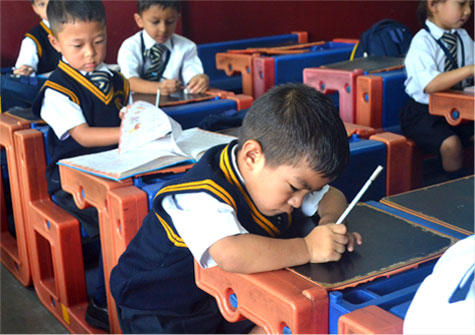
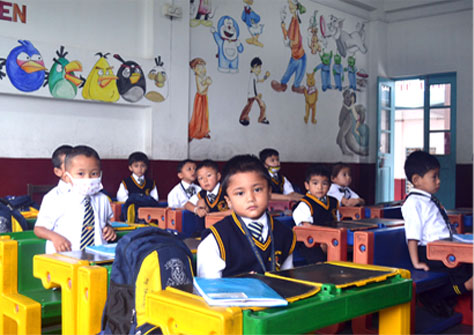
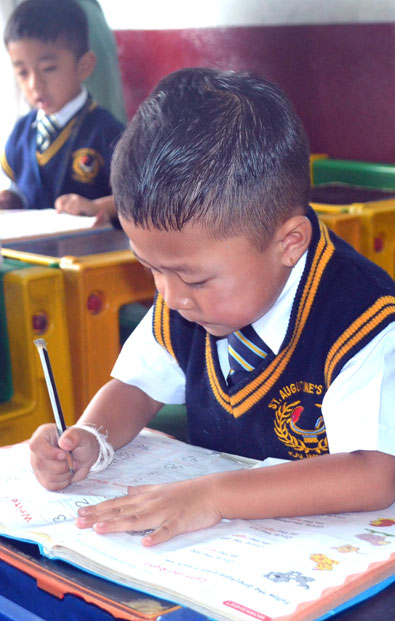
The word “Teacher” is a very important part of a student’s life, a person on whom they can rely upon for help. They determine how well a student can perform and succeed in any of their future endeavours. It is extremely important that schools have good teachers, but it even more imperative they have a good teaching methodology. Teachers find a variety of approaches that stimulate interest and motivation among the students. The simple and effective teaching methods are a testimony at providing a complete and holistic approach in education, which aims at developing the children into academically sound and socially well-integrated individuals. At St. Augustine’s School, Kalimpong ‘Teaching-Learning Methodology’ is interactive along with judicious use of labs, library, technology and the environment. This has enriched the process of learning and at the same time broken the monotony. The Teaching Methodology of St. Augustine’s School, Kalimpong highlights the following:
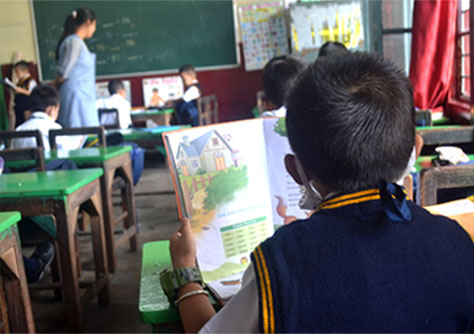
St. Augustine’s School, Kalimpong believes that learning and teaching focuses on individual student’s learning needs and learning styles. It enables the student to learn more effectively and develop high-order thinking skills through learning proficiencies, learning approach and learning solutions which are interconnected and provide joyous learning experiences.
Proficiencies define the applied skills and knowledge that enable students to successfully engage in the learning process and take meaningful action. At SAS students use and develop proficiencies through a range of challenging tasks which leads them to collaborate, apply and innovate. These proficiencies help students draw and build upon what they know, how they think and what they can do. At SAS learning proficiencies are acquired by imbibing and applying skills through innovative programmes which in turn leads to community action.
Learners progress through the curriculum and excel in a particular stream or program in their journey across the school. In so doing they are actively involved and engaged in the inquiry process to take ownership of their learning. Students deepen their understanding through exploring, questioning, experimenting, making connections, conducting research, collecting data, analysing, solving problems, reflecting and defending their views. The students are involved in a deepened process of constructing ideas, active interaction with the teachers and mentors and peers through project based and problem based learning which ultimately facilitate them on a broader perspective.
At SAS we acknowledge, appreciate and support the personalised, remedial, enrichment as well as differentiated learning and teaching on physical, virtual or blended platforms. The teachers and the mentors take the initiative in providing conducive environment which fosters equal learning opportunities for all students. The initiative involves:
